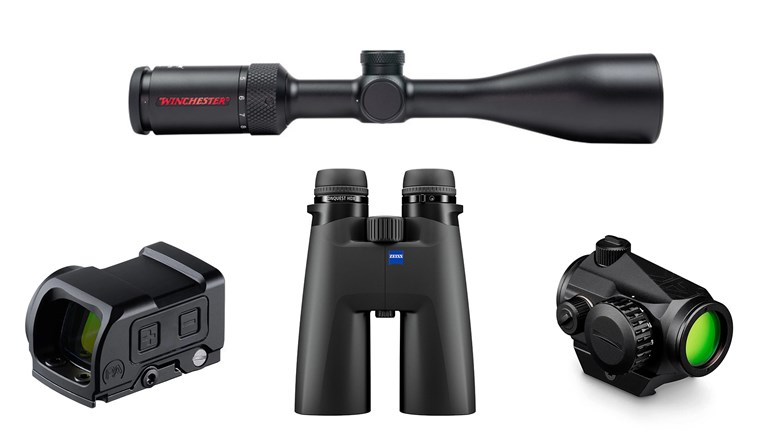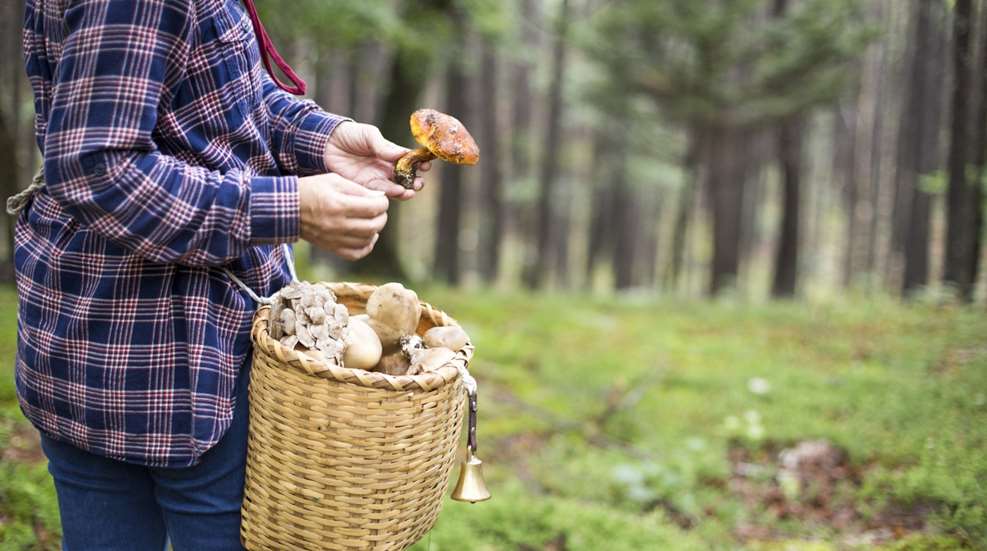
Now is the time of year many of us outdoor enthusiasts are preparing for the upcoming hunting season. As you venture into the woods to set up trail cameras and deer blinds, be sure to take a closer look at the ground beneath your feet. Not only can the woods provide delicious backstrap for your dinner plate, but they can also provide things such as edible greens, wild onions, and mushrooms to garnish that steak. Even if you do not enjoy the taste of mushrooms, it can be fun to go on a hunt to gather for a family member or friend. Wild mushrooms are a great addition to your next meal and contain many great health benefits as well.
Some words of caution are in order. Identification is key when it comes to determining the edibility of various mushrooms. When in doubt, always reference your field guide. There are many myths out there when it comes to hunting mushrooms, such as, "If an animal is eating it, it must be safe," or even "If you can peel the cap then it's edible." Ignore all myths and do your research.
That said, there are a few pointers that can be used for a quick "go" or "no-go" when it comes to harvesting. Before referencing your field guide, you can typically count on staying away from mushrooms that are brightly colored (especially red), those with white gills and those with a ring on the stem.
Before You Go
As you have no doubt gathered, the number one item on your list of essentials should be a field guide. Not only will a quality field guide help you properly identify various species of mushrooms, it will help you determine if the specific mushroom you found is edible or if it is poisonous. Don’t forget navigation! While a paper map is handy for trekking into the woods, you can also use your favorite hunting app, such as onX Hunt, to not only find your way but to also mark points of interest along the way.
Additional items you may find handy are a basket or cloth sack for collecting your bounty, and a pair of scissors or sharp pocketknife to assist in harvesting. To increase your likelihood of bringing back a bountiful harvest, it is best to embark on your search when the conditions are right. Mushrooms prefer damp and humid conditions, especially a couple of days after it has rained following a period of drought. Keep an eye out for downed logs, rotting wood and other decaying matter, as this provides an excellent host from which the fungi sprout. Other common spots where mushrooms are found are along bodies of water, in areas of loamy soil and along the bases of tree stumps.
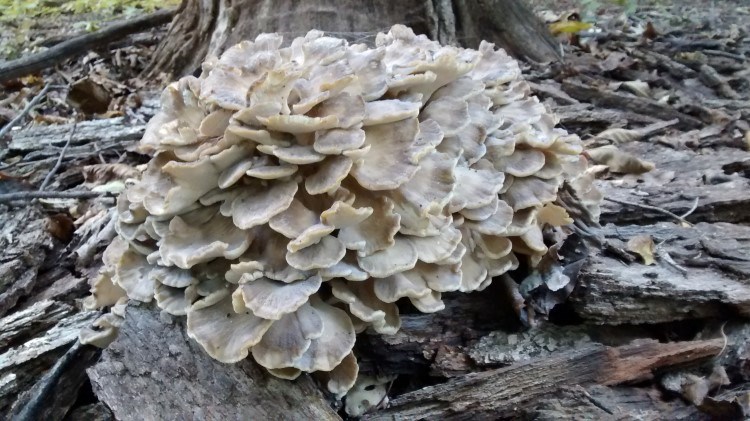
Hen of the Woods
Chances are if you find an area rich in oak trees, you will also find near the base of several of them one of the most easily identifiable edible mushrooms, the Hen of the Woods. This variety begins life sporting a creamy white color that turns more of a brownish-tan as the mushroom ages. Circular caps fan out in clusters that can reach an impressive width of up to 3’, with an average weight of under 10 pounds, although it has been recorded that some clusters (when removed from the ground as a whole) have weighed in close to 50 pounds!
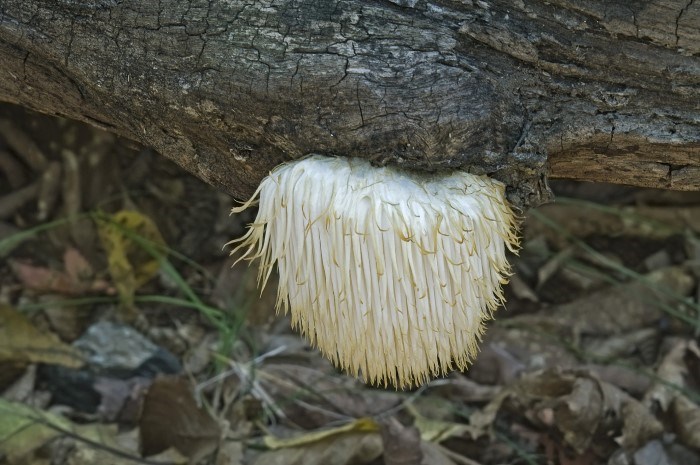
Lion’s Mane
Instead of a traditional-looking mushroom cap, the spines on this mushroom hang in a downward fashion, loosely resembling hair from a lion's mane or even a beard. This mushroom is round in shape, typically between half an inch and 2” in diameter, and does not have a stalk like many other mushrooms you may find. You can find this mushroom most often on the side of living trees or downed logs along the forest floor. The base of this fungi starts off white and will take on a slight yellowish hue towards the end of its spines.
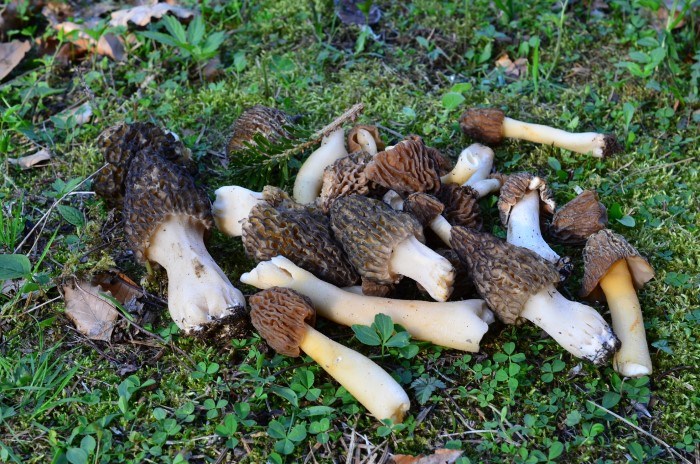
Black Morel
Although typically found more often in the spring, the black morel is among the most sought-after species when mushroom hunting. The stalk on this morel is up to 2” in length, with the caps of the mushrooms measuring up to 1½”. Given their size and dark coloration, if you’re up for a challenging hunt then this should be number one on your list! Although you can often find this mushroom near oak, hickory and tulip poplar trees, you can also find it sprouting from the ashes of areas that have recently fallen victim to either a wildfire or perhaps a controlled burn.
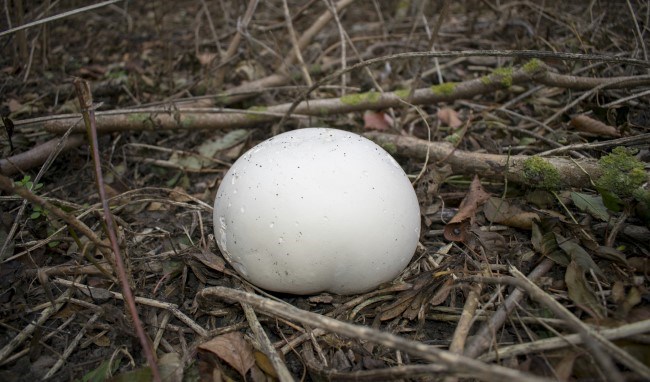
Giant Puffball
While most mushrooms can be identified as edible by sight alone, there are some which require a bit of further investigation to determine whether or not it is truly safe to eat. The puffball mushroom appears as a bulbous white mass growing in a wide variety of terrain, with the smooth cap portion growing up to 2” wide, although there have been some giants harvested that measured in at around 20” wide!
Other varieties of puffball mushrooms have a slightly different outward appearance, but poisonous ones can all be identified the same way. When you find a puffball, you must slice through it completely and break it open to determine if it is safe to eat. If the inside of the mushroom is completely white, toss it in your basket and bring it home to fry up. If you notice any discoloration or signs of a cap or stem inside once sliced open, toss it back into the woods as these cannot be eaten and have the potential to be poisonous.
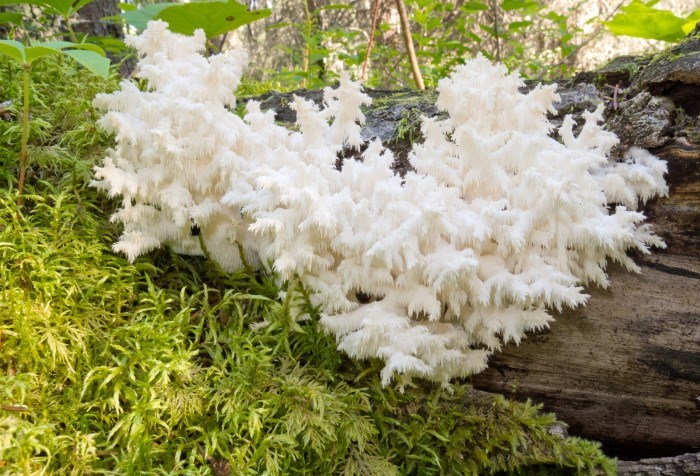
Coral Fungi
It is quite easy to see where this variety got its name. Coral fungi looks just like coral that you’d find along the ocean floor. Typically found summer through early fall, you will often find this mushroom growing on decaying logs along the ground. This mushroom is an excellent snack when breaded and fried.
Be on the lookout for a look-alike mushroom called the Jellied False Coral. If you find what you believe to be a Coral Fungi mushroom and upon further inspection find it to have a gelatinous base, brown coloration, or if it happens to have a bitter aftertaste, discard it—otherwise you risk experiencing quite the upset stomach.
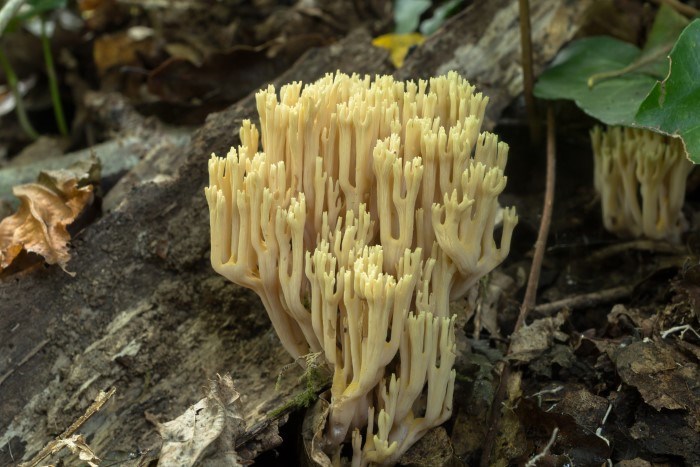
Crown Tipped Coral
Similar to Coral Fungi, each portion of this brownish-yellow mushroom (which turns more of a pinkish tan color with age) grows on a 2- to 5” stalk, topped off with a crown-shaped cap. Many people who hunt for mushrooms are a fan of the Crown Tipped Coral's peppery taste. Like some other species of mushrooms, although completely edible, this one runs the risk of causing an upset stomach. As with anything of this nature, when it is time to taste test your finds after cooking start small to ensure the newfound fungi agree with your gut before diving face first into a plate full of nature's finest.
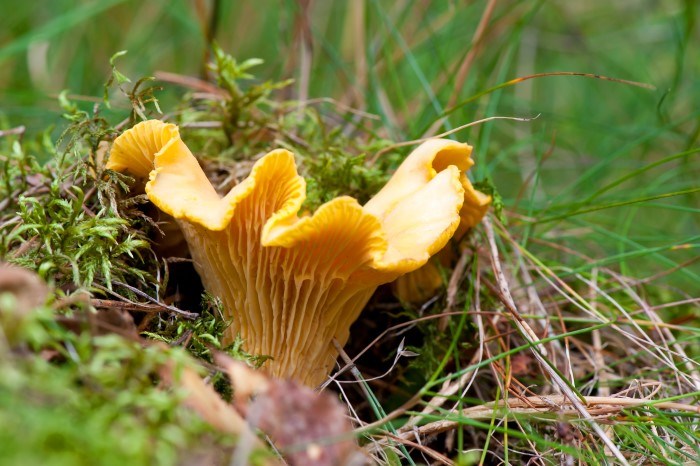
Golden Chanterelle
Often found in late summer and early fall, the Golden Chanterelle flourishes when conditions are hot and humid. Unlike many other commonly found mushrooms, this variety does not grow on rotten or decayed wood. Featuring orange or yellow caps that fan out in a trumpet-like shape, the insides of the Chanterelle have a bright white appearance. While this mushroom is often harvested before it grows to its full potential, many are 6 inches across!














